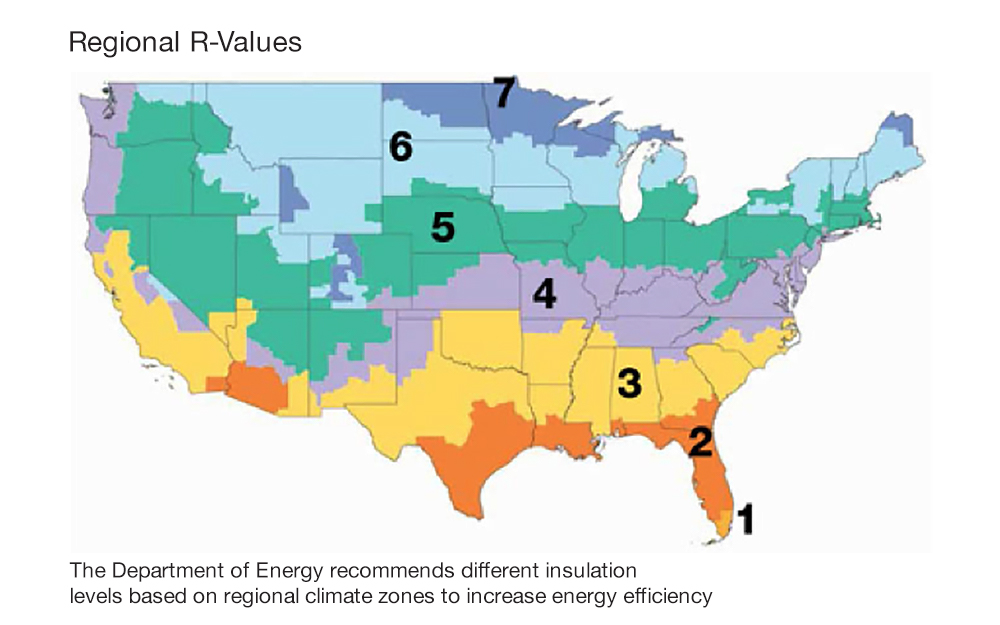A radiant barrier is a type of insulation that reflects heat away from your home instead of reducing the flow of heat out of your home, like most other insulations.
Best for attics, unfinished walls, ceilings, floors and attached garages in hot climates.
Designed to keep your home cool.
Made from a reflective material such as aluminum foil over a substrate like kraft paper or foam board.
Most often used for attics, since most heat enters through the attic.
Not measured in R-values.
